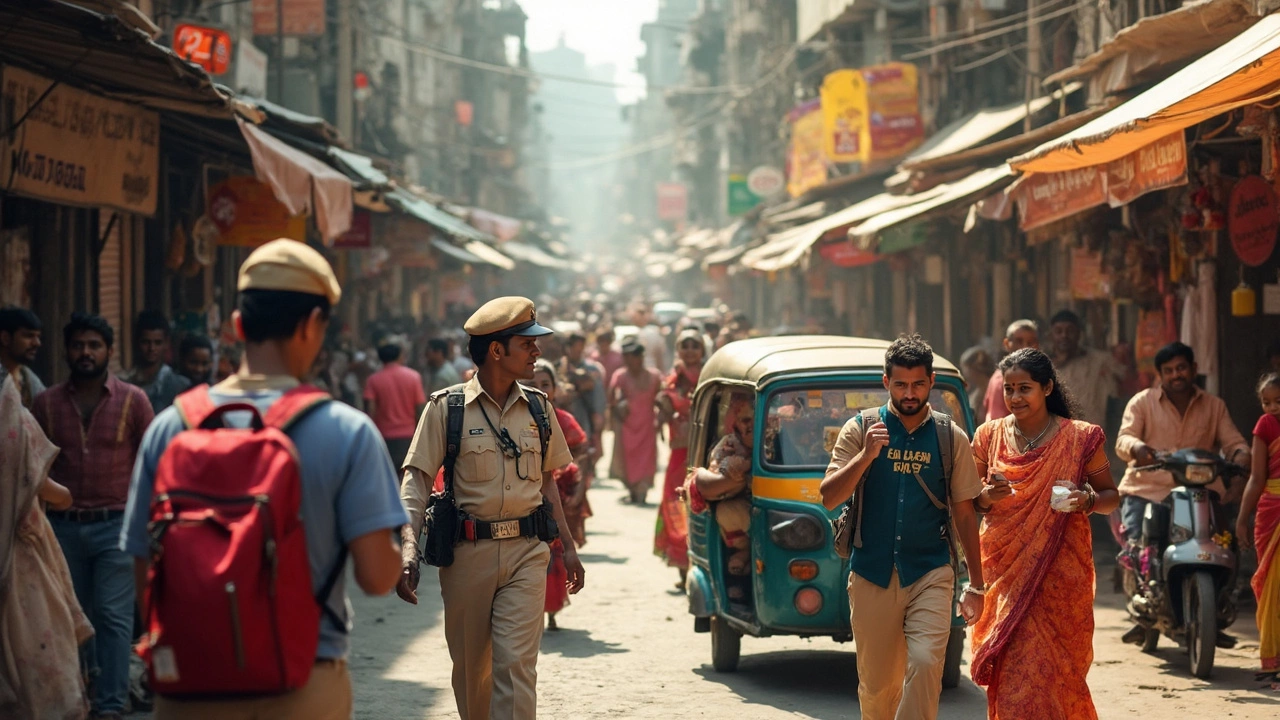
Curious about safety in India for visitors? Find out what to expect, how to stay safe, practical tips and local realities for tourists in India.
When looking at India safety for tourists, the overall assessment of how secure visitors feel while traveling across the country. Also known as tourist safety in India, it helps travelers decide where, when, and how to explore without unnecessary worry.
One of the first things to check is the travel advisories, official government warnings that rank regions by security and political stability. These advisories directly influence your itinerary because they highlight hotspots where extra caution is needed. For example, the Ministry of Home Affairs often flags border areas and certain metropolitan zones during election periods. Pair that with up‑to‑date health risks, potential illnesses like dengue, COVID‑19 variants, and seasonal flu spikes that can affect any traveler, and you get a clearer picture of what precautions to take. Vaccination requirements, local medical facilities, and even the prevalence of air quality warnings become part of your planning toolkit.
Beyond official warnings, the regional safety scores, a composite rating that blends crime statistics, traffic safety, and emergency response times give you a more granular view. Cities like Delhi and Mumbai score lower on night‑time safety for solo travelers, while places such as Jaipur, Kochi, and the hill stations of Himachal Pradesh often rank higher for family visits. Knowing these scores lets you pick accommodation in safer neighborhoods and choose transport options that match local conditions. Speaking of transport, the rise of ride‑sharing apps has improved city safety, but rural areas still rely heavily on buses and trains where crowding can raise both security and health concerns.
Another practical layer is malaria prevention, measures like prophylactic medication and mosquito‑net use in endemic zones. While malaria risk is limited to specific northeastern states and some parts of central India, it’s a non‑negotiable check for anyone trekking through forests or staying in remote villages. Combining prophylaxis with simple steps—using insect repellent, wearing long sleeves at dusk, and sleeping under a net—dramatically cuts the chance of infection.
Putting it all together, the safest travel experience in India hinges on three core actions: regularly checking India safe for tourists advisories, tailoring health precautions to the regions you’ll visit, and adjusting your itinerary based on regional safety scores. When you align these steps with local customs—like dressing modestly in religious sites, respecting queue etiquette, and learning a few basic phrases—you not only reduce risk but also enjoy richer interactions with locals.
Armed with this framework, you’ll find the articles below give detailed, up‑to‑date insights on each of these points, from the latest 2025 travel advisory breakdown to practical tips on handling health concerns and navigating safer neighborhoods across the subcontinent. Dive in to see how you can travel confidently and make the most of India’s unforgettable experiences.

Curious about safety in India for visitors? Find out what to expect, how to stay safe, practical tips and local realities for tourists in India.